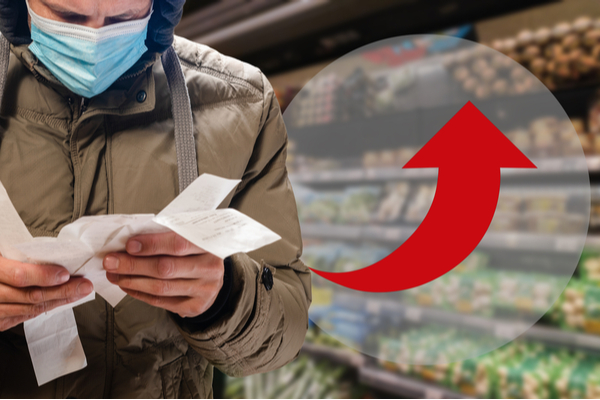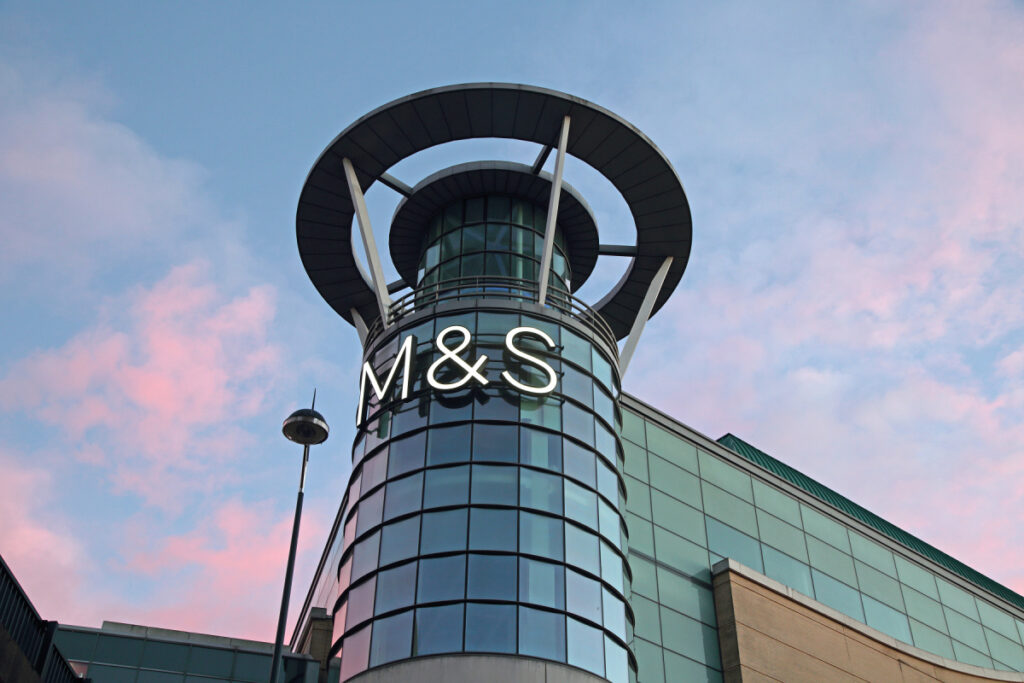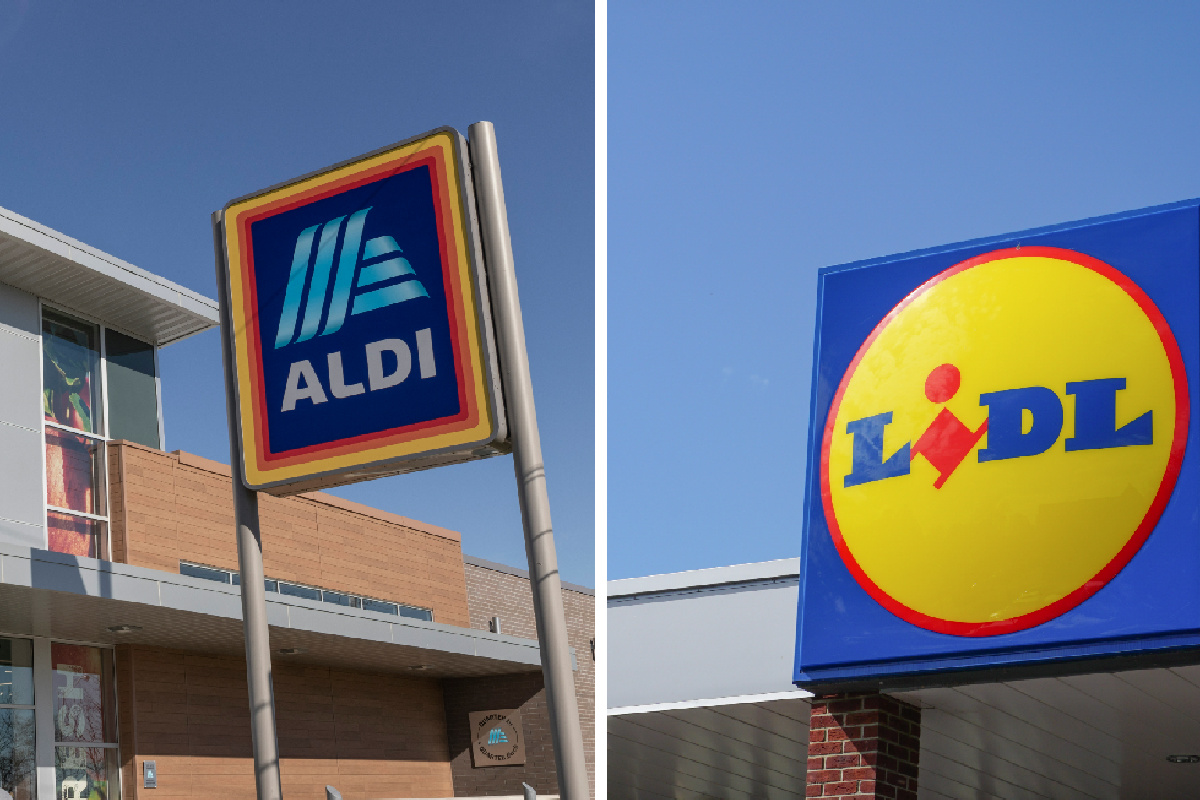Throughout 2021, many Brits were left feeling the pinch as the cost of living rose alongside energy and fuel bills, with experts warning prices will only continue to rise this year.
In the 12 months to October 2021, inflation rose by 4.2% – the highest it’s been in 10 years and according to the Bank of England, we could see it increase by up to 5% in 2022.
British Retail Consortium chief executive Helen Dickinson said: “The trajectory for consumer prices is very clear: they will continue to rise, and at a faster rate. Retailers can no longer absorb all the cost pressures arising from more expensive transportation, labour shortages, and rising commodity and global food prices.”
But what does this mean for the price of your daily shopping trip? Here are some examples of everyday items that you may have to pay more for than you previously would have.
Toiletries

Shampoo, face wash and soap have all become the latest victims of inflation.
A steep rise in commodity costs and supply availability has already caused various businesses to increase their prices this year and according to Brett Bateman, CEO of The Somerset Toiletry Company, this will continue in 2022.
“I don’t think consumers have seen anything yet”, he told ITV.
Bateman explained that everything is having a knock-on effect on pricing, stating that ingredient demand is going up and so the cost of liquid in his bottles has increased by 30% in the last six weeks alone.
With more people ordering online, there’s been a surge in the materials used to ship items out, which is also affecting companies like Mr Bateman’s.
Food

Food inflation hit its highest level since March 2019 in December 2021, with fresh food seeing the largest rate of inflation in almost a decade and prices are set to rise further this year.
The BRC-Nielsen IQ Shop Price Index for December showed overall retail inflation rising to 0.8% in December up from 0.3% in November.
However, food inflation is accelerating more quickly than the rest of the retail sector, with food inflation up 2.4% in December from 1.1% in November.
This level of food inflation is the highest since March 2019 and is a marked acceleration on the 12- and 6-month average price growth rates of 0.3% and 0.6%, respectively.
British Retail Consortium chief executive Helen Dickinson commented: “Consumers may have noticed that their Christmas shop became a little more expensive in December. Not only did prices rise, but they did so at a faster rate, especially in food.
“Food prices were falling earlier on in 2021, but the acute labour shortages across supply chains, amongst other factors, led to the year ending with a notable increase; for example, fresh food saw the largest rate of inflation in almost a decade.”
Flowers

Demand for flowers surged throughout lockdown last year, causing prices to rise. Producers have struggled to keep up after being hit by new costs associated with Brexit.
Sam Jayne, the owner of a floral boutique store in Birmingham said: “The price of getting flowers from European countries is going up.
“Growers are putting the costs on to wholesalers who are then putting the costs to florists. I used to pay 7p for lilies and now it’s £1.50”.
Jayne explained that Brexit hasn’t helped, citing an increase in paperwork to get flowers through the Channel was causing big delays.
Clothing

Prices for clothing and accessories are expected to rise in 2022, with data from the McKinsey and BoF State of Fashion 2022 report showing an average price increase of 3% across the apparel category.
A survey of more than 220 international fashion executives and experts shows that continued supply chain problems, inventory shortages, shipping bottlenecks, and rising shipping costs are straining supply and demand.
Click here to sign up to Retail Gazette‘s free daily email newsletter
















